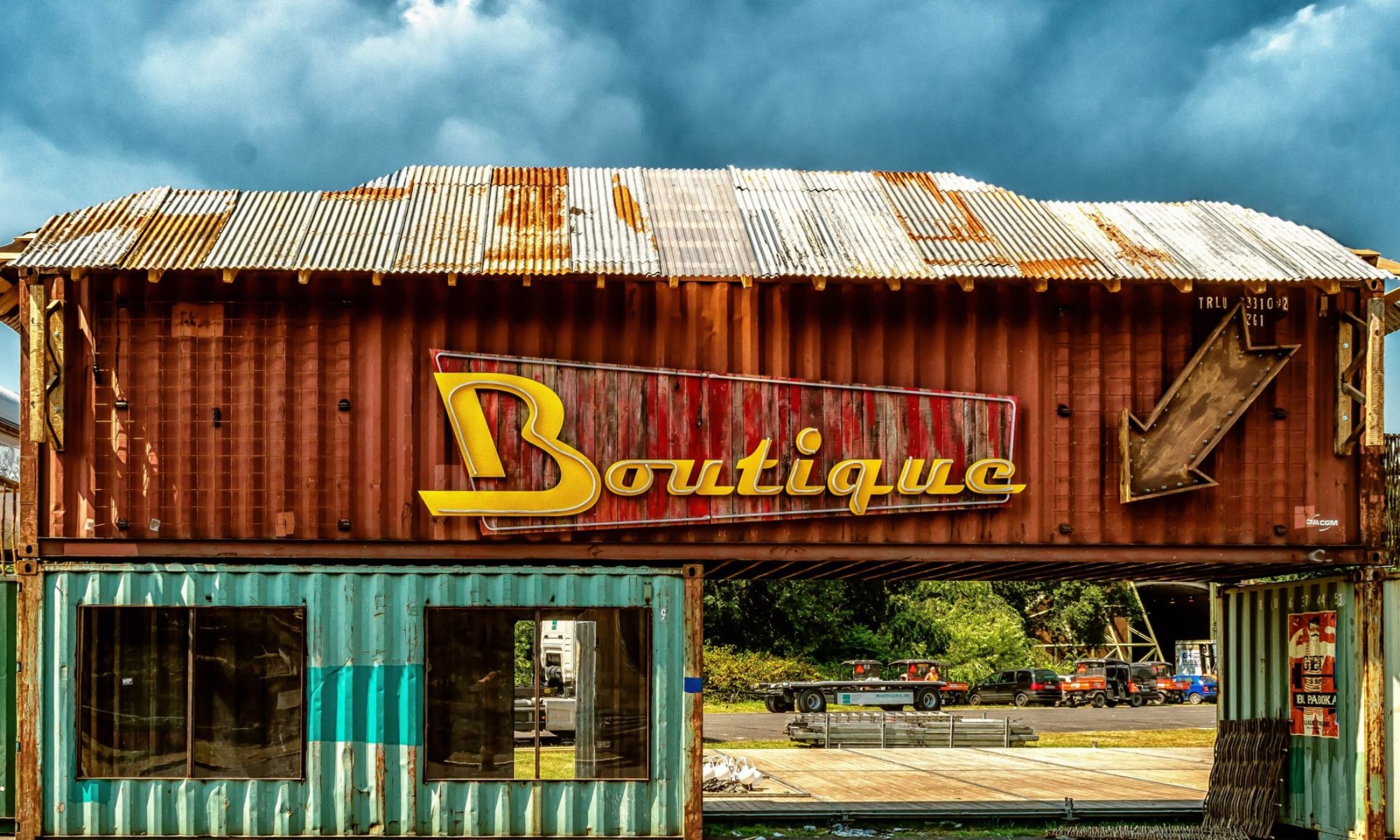![]() Unprecedented aviation growth in India has brought into focus the need to create infrastructure ahead of demand. The Airports Authority of India (AAI) operates 129 airports across the country and to deal with traffic explosion, it has lined up a large capex plan that includes new terminal buildings and second airports for many state Capitals and strengthening of airside capacity. Airlines may need to pay a premium for peak hour flights even as more AAI airports begin functioning round the clock to cut congestion at peak hours.
Unprecedented aviation growth in India has brought into focus the need to create infrastructure ahead of demand. The Airports Authority of India (AAI) operates 129 airports across the country and to deal with traffic explosion, it has lined up a large capex plan that includes new terminal buildings and second airports for many state Capitals and strengthening of airside capacity. Airlines may need to pay a premium for peak hour flights even as more AAI airports begin functioning round the clock to cut congestion at peak hours.
AAI chairman Guruprasad Mohapatra spoke to Sindhu Bhattacharya of CNBCTV18.COM
We are responding to this by increasing the pitch for greenfield airports and proposing second airports for state capitals, definitely for Kolkata and Chennai. Discussion are on with state governments for land for second airports. For Pune the state government just indicated a place called Purandhare. Looking for second airports in Bhubaneshwar, Ahmedabad, Rajkot and many other places too. For Delhi and Mumbai, second airports are already in the offing. Bangalore and Hyderabad will hold good for some years.
Has capacity at AAI airports already been breached?
A: No, the capacity hasn’t been breached. (Figures his office provided show this fiscal, capacity at all AAI airports together will be 165.25 million passengers versus projected demand of 158.12 million. But it will begin falling short from 2019-20. Capacity will increase to 167.35 million but demand will outstrip it at 181.83 million passengers). Apart from second airports in state capitals, we are also augmenting capacity at existing airports. We have been increasing slots from winter schedule to summer each year.
AAI has earmarked Rs 25,000 crore capex for next 5 years, of which Rs 8000-10,000 crore has already been spent. We have identified which airport terminal building will be expanded, which runways will be strengthened. Wherever land is available we will do a parallel taxi track, more aprons and parking bays will be built. A new airport has come up at Pakyong and flights should start after monsoons. Second airport is being developed for Rajkot at Hirsar. We are also expanding terminal building and runway capacity at Jabalpur and Kolhapur besides building new terminal buildings at Guwahati, Leh, Patna and Imphal.
Do PPP airports of Mumbai and Delhi still contribute a significant share to AAI’s earnings?
A: Our dependence has come down as our non-aero revenues have increased significantly. Besides, the tariff order by AERA has reduced tariff incomes of these two airports from aeronautical activities. This has reduced their contribution to our earnings. Plus, our non-aeronautical revenue has increased from activities like shopping facilities inside terminal buildings. We are also trying to monetize land and are firming up a policy on how to do tendering for hotels. Identified land at 8-9 airports which can be thus monetized.
How much revenue would you raise from these activities?
A: Ideally, the non-aeronautical revenue should be 30-35%. Another couple of years we should reach this target, we are already fairly close to this at just about 30% now.


 La eliminación del importe mínimo de compra necesario para que los turistas extracomunitarios puedan solicitar la devolución del IVA o Tax Free inyectará al PIB de España cerca de 480 millones de euros anuales, lo que equivale a un incremento del 0,03 %, según datos de Global Blue.
La eliminación del importe mínimo de compra necesario para que los turistas extracomunitarios puedan solicitar la devolución del IVA o Tax Free inyectará al PIB de España cerca de 480 millones de euros anuales, lo que equivale a un incremento del 0,03 %, según datos de Global Blue. A plan to charge shuttle and limousine services a fee for each drop-off and pickup at the Cleveland Hopkins International Airport cleared a key vote Wednesday, setting the plan up for enactment in July.
A plan to charge shuttle and limousine services a fee for each drop-off and pickup at the Cleveland Hopkins International Airport cleared a key vote Wednesday, setting the plan up for enactment in July.